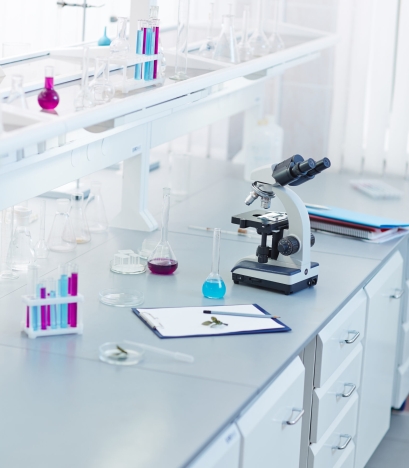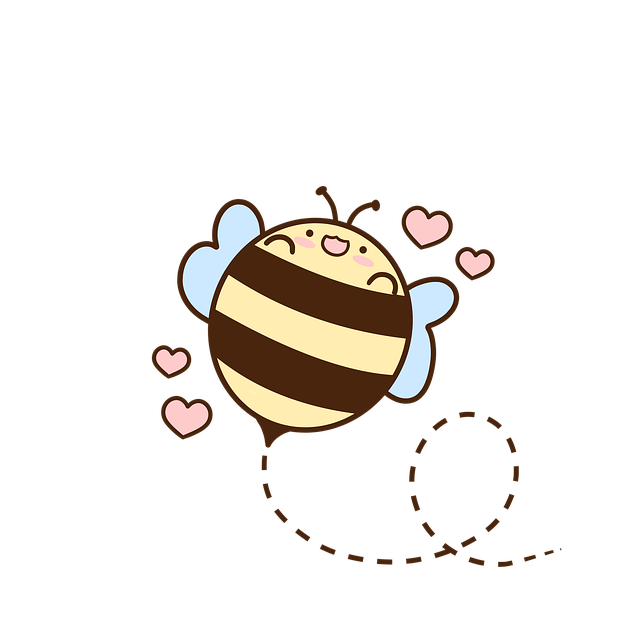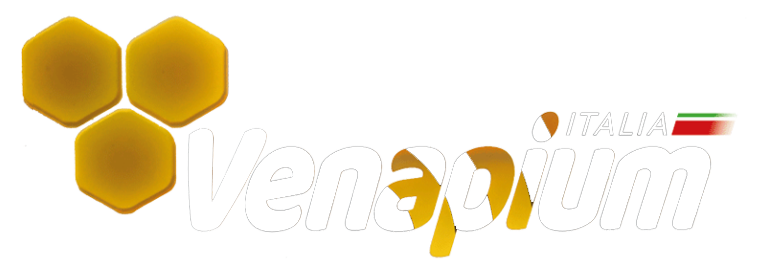1 The method
The method
In historical times, venom collection systems consisted of very invasive methods for bees: either the venom sac was surgically removed, however causing the death of the bee itself, or through narcosis.
In this case the bees were placed in a container containing ether.
The bees were induced to sting on the wall of the container and, once the narcotic effect was over, they were placed back in the colony.
These “milking” methods, in addition to being very invasive for the bee, gave very low yields.
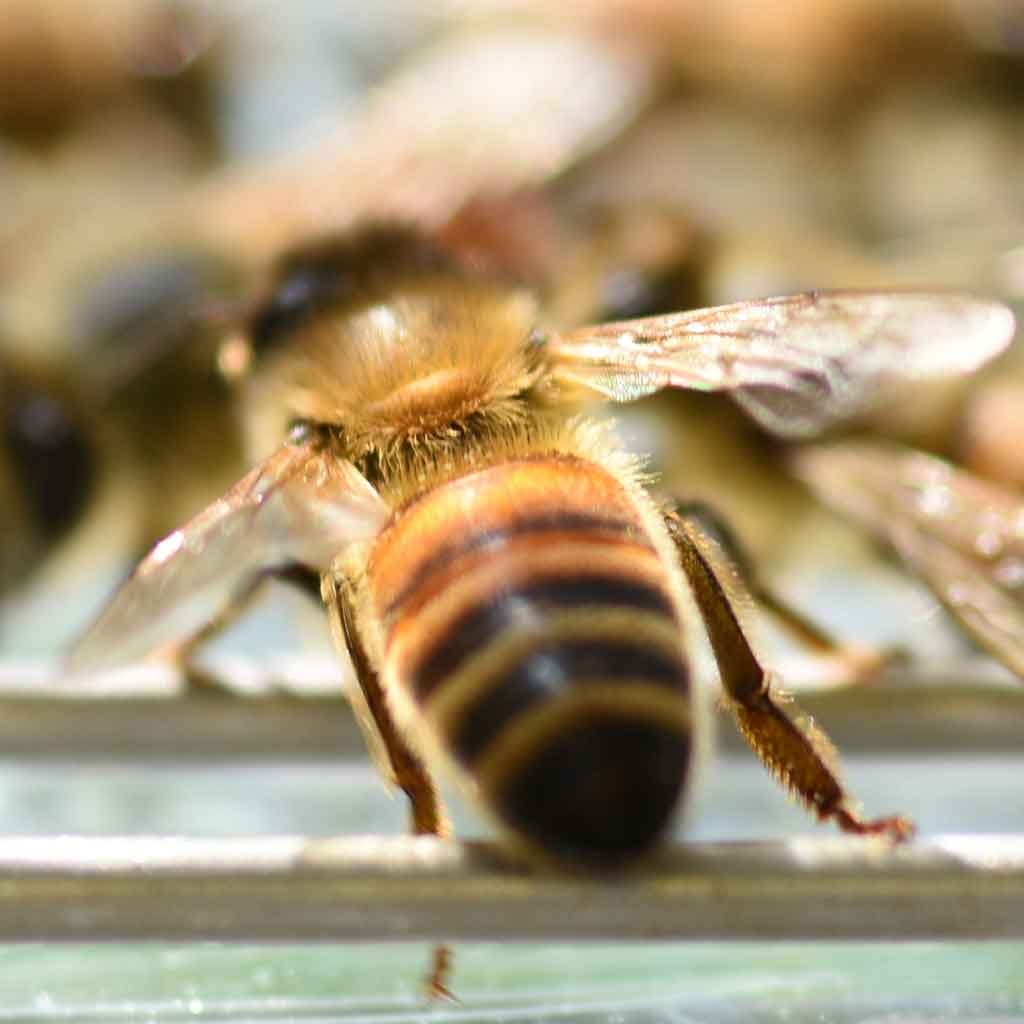
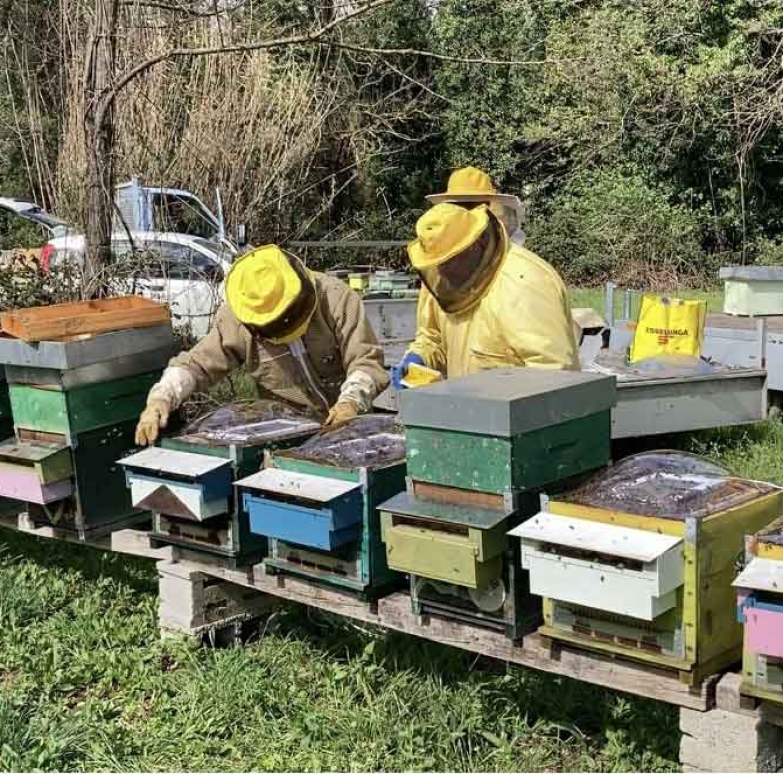
A Change that guarantees the health of the bee
Today there is a more effective system which consists in placing a sheet of glass in front of the entrance to the hive, superimposed by a very dense grid of small metal cables crossed by a very light intermittent current which is (with force) trampled by the bees.
When stimulated, they contract their abdomen and, in the act of stinging, deposit the poison on the glass plate underneath.
When the bee stings, it releases an alarm pheromone into the air which calls its companions to the device and ensures that they, in turn, also release the poison.
At the end of the procedure, the latter is recovered by scraping it directly from the glass with a sharp blade.
Our analyses
Bee venom is a complex combination of peptides, enzymes, lipids, amino acids and carbohydrates with strong pharmacological effects.The quantity of Mellitin, the main component of bee venom, is what defines its quality.
Other factors are also very indicative, for example pH, water content, solubility.
The most common method for analyzing venom is called HPLC (High Performance Liquid Chromatography).It is used to identify and quantify the components present in a mixture.Using this methodology, the venom is pumped at high pressure through a column where each component present, having a different degree of flow, can be separated and measured compared to all the others.
Another important element to check is the presence of heavy metals in the product such as: lead, arsenic, cadmium, chromium, copper etc. These contaminants could be present in the environment in which the treated bees live and transferred by the bees themselves into the venom.
For the analysis of our poison we used highly qualified and certified laboratories present both on the national territory and in other UE countries.
